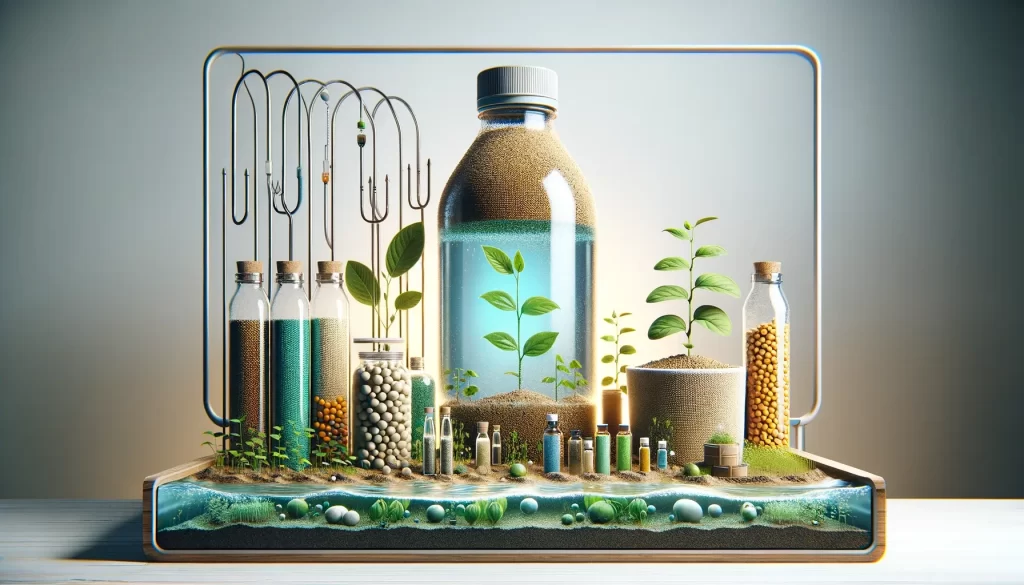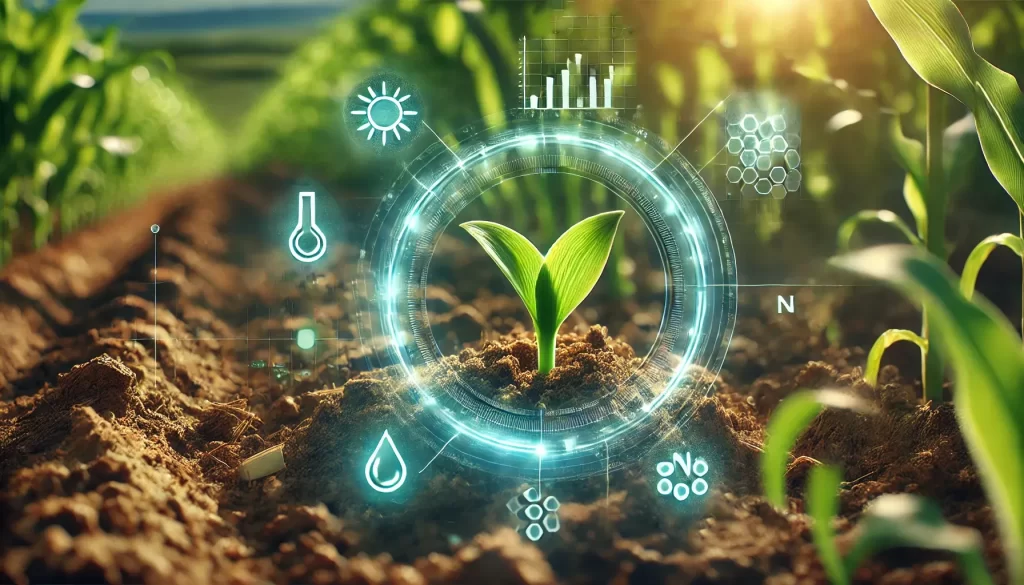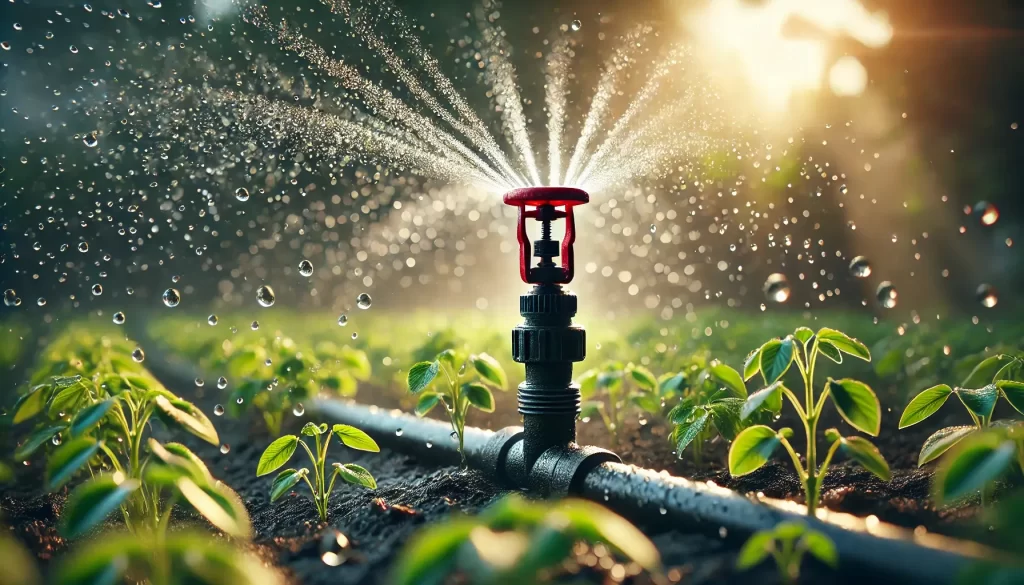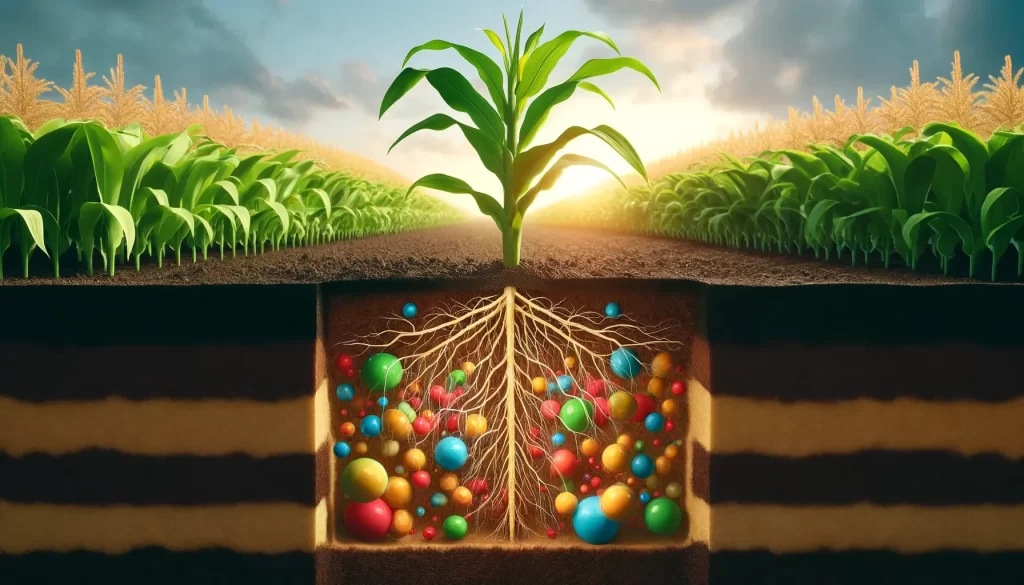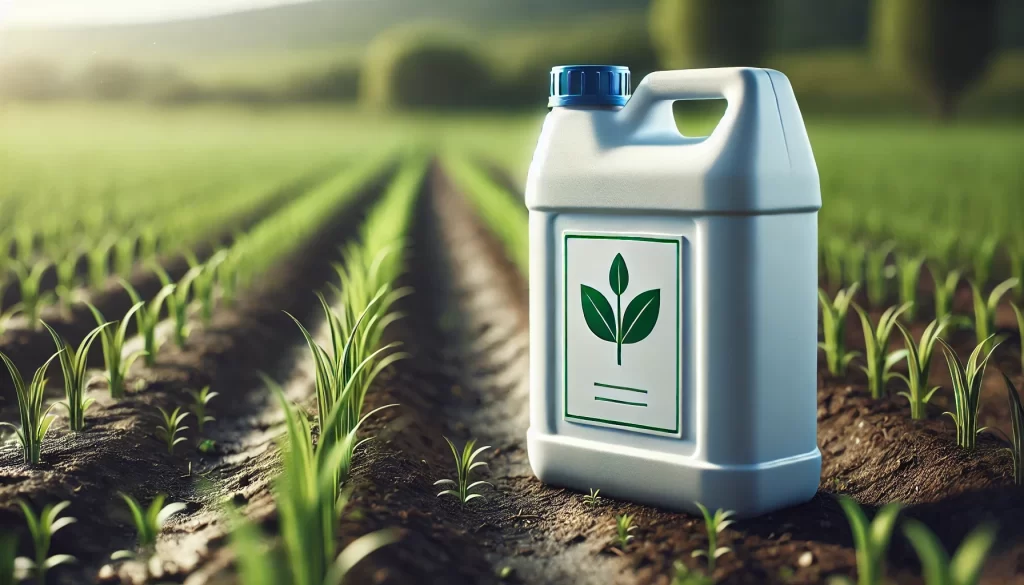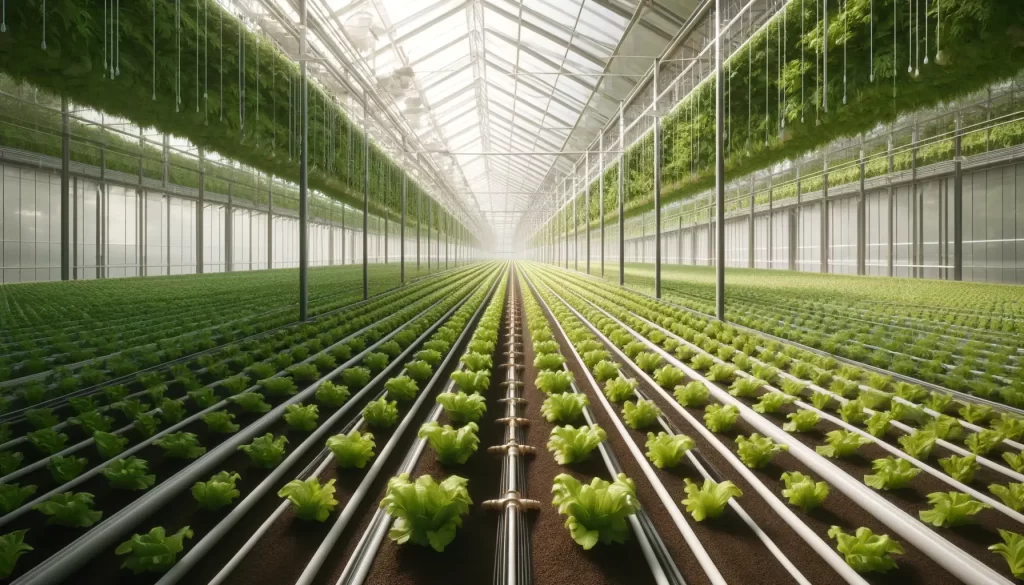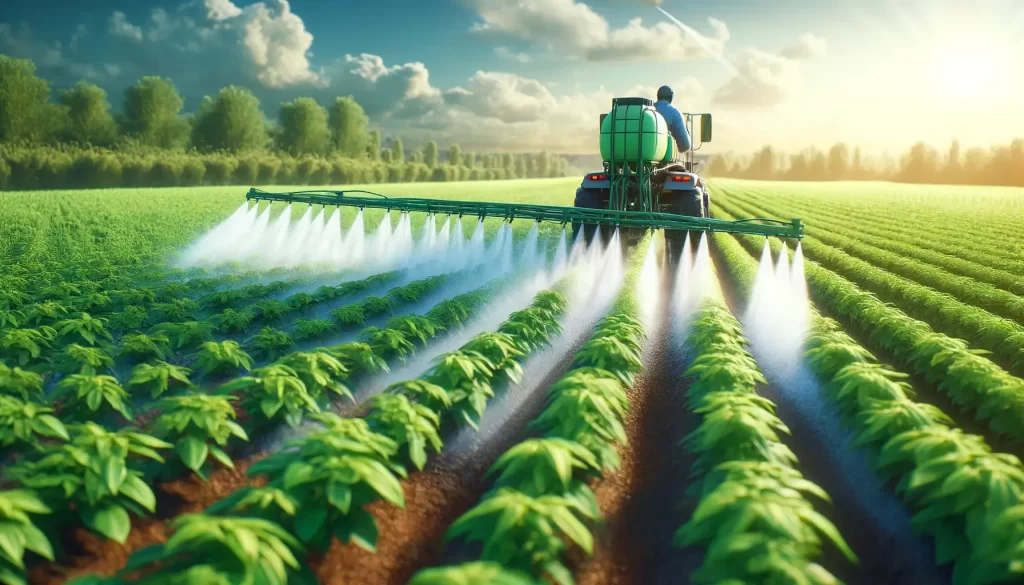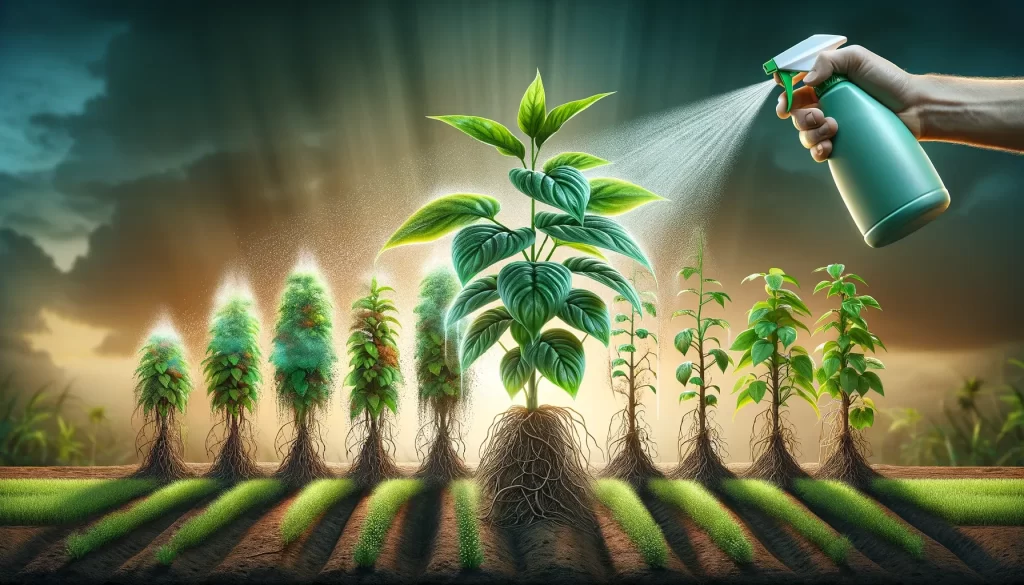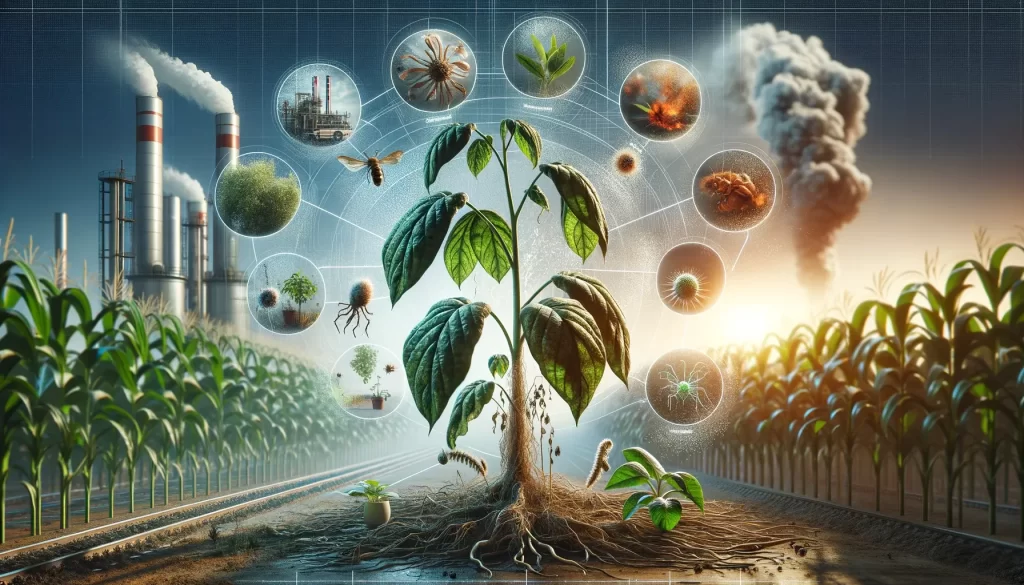Organic microelements are microelements obtained from natural sources. These fertilizers are used by plants longer and more efficiently.
Complex Microelements:
Complex microelements are liquid fertilizers containing more than one microelement. These fertilizers meet the different microelement needs of plants with a single application.
Usage Areas of Liquid Fertilizers Containing Microelements
Liquid fertilizers containing microelements can be used on many different plant types, including field crops, garden plants, fruit trees and vegetables.
Field Crops: Liquid fertilizers containing microelements are used to increase yield and quality in field crops such as corn, wheat, soybean, cotton and sunflower.
Garden Plants: Liquid fertilizers containing microelements are used to increase flowering and coloration in garden plants such as roses, begonias and petunias.
Fruit Trees: Liquid fertilizers containing microelements are used to increase fruit yield and quality in fruit trees such as apple, pear, plum, grape.
Vegetables: Liquid fertilizers containing microelements are used to increase yield and quality in vegetables such as tomatoes, peppers, cucumbers and eggplants.
Microelement Fertilizer Application Methods
Microelement fertilizers can be applied by different methods. The most common application methods are:
Foliar application: Microelement fertilizer is applied to the leaves of the plants with the help of a spray. This method allows nutrients to be absorbed more quickly by plants.
Soil application: Microelement fertilizer is applied to the soil and absorbed by the plants through the roots. This method is the most common microelement fertilizer application method.
Application by drip irrigation: Microelement fertilizer is mixed with irrigation water and given to the plants. This method saves water and fertilizer and prevents environmental pollution.
Things to Consider
Some points to consider when applying microelement fertilization are:
- Application of fertilizer at the right dose and at the right time: Application of excessive amounts of microelements may damage plants.
- Application equipment must be clean and well-maintained: Dirty equipment may prevent the homogeneous distribution of fertilizer and cause blockages.
- Suitable weather conditions: Fertilization should not be done in rainy or very hot weather.
- Be careful not to contaminate the fertilizer into water resources: Microelements can cause pollution in water resources.
Benefits of Using Microelement Fertilizer
The use of microelement fertilizer has many benefits. These benefits are:
- Faster and balanced growth: Microelements enable plants to grow faster and more balanced by increasing photosynthesis and enzyme activity.
- Increased yield and quality: Microelements increase yield and quality by meeting the nutritional needs of plants.
- Resistance to diseases: Microelements increase the resistance of plants to diseases.
- Better soil and water: Microelements improve the quality of soil and water.
Future Trends
Liquid fertilizers containing microelements will continue to play an important role in agriculture. In the future, it is expected that the use of microelement fertilizers will become more widespread and new generation microelement fertilizers will be developed.
New Generation Microelement Fertilizers
New generation microelement fertilizers are designed to have more controlled release, be more environmentally friendly and have higher efficiency. These fertilizers will increase yield and quality by better meeting the nutritional needs of plants.
Precision Agriculture Practices
Precision agriculture practices will enable more effective use of microelement fertilizers. These practices include creating fertilization programs based on soil and plant analysis and using fertilizers. /a> includes applying it only in the areas where it is needed.
Sustainable Agriculture
Microelement fertilizers can play an important role in sustainable agricultural practices. The use of microelement fertilizers, which create less environmental pollution and provide higher efficiency, will contribute to making agriculture more sustainable.
Conclusion
Liquid fertilizers containing microelements meet the nutritional needs of plants and increase yield and quality. Microelement fertilizers have many benefits and have many advantages when applied correctly.
As Greenlive, we are a company that produces plant nutrition products. We especially produce liquid and organic fertilizers. Our products are specially formulated to best meet the nutritional needs of plants. Our expert team provides you with free consultancy services on microelement fertilizer selection and application.
You can contact us to get more information about our microelement fertilizers or detailed information about our products.
Meet the nutritional needs of your plants and increase yield and quality with Greenlive!
Some of our products and their usage areas:
- Greenlive Microelement Liquid Fertilizer: Ideal for field crops, garden plants, fruit trees and vegetables. Application can be made from leaves or soil.
- Greenlive Organic Microelement Fertilizer: Meets the nutritional needs of plants naturally. It is applied to the soil.
- Greenlive Liquid Fertilizer: Used for plants showing symptoms of iron deficiency. Application can be made from leaves or soil.
- Greenlive Zinc Liquid Fertilizer: It is used for plants showing symptoms of zinc deficiency. Application can be made from leaves or soil.
- Greenlive Copper Liquid Fertilizer: It is used for plants showing symptoms of copper deficiency. Application can be made from leaves or soil.
Additional Information:
- Microelement Deficiency Symptoms
- Microelement Fertilizer Application Methods
- Benefits of Using Microelement Fertilizer
- Microelement Fertilizer Selection and Application
Dictionary:
- Microelement: Nutrients that plants need in small amounts.
- Chelated Microelement: Microelement found in a form that can be more easily absorbed by plants.
- Organic Microelement: Microelement obtained from natural sources.
- Complex Microelement: Fertilizer containing more than one microelement.
- Foliar application: Applying the fertilizer to the leaves of the plants with the help of a spray.
- Soil application: Application of fertilizer to the soil and absorption by plants through the roots.
- Application by drip irrigation:Administering the fertilizer to the plants by mixing it with irrigation water.



